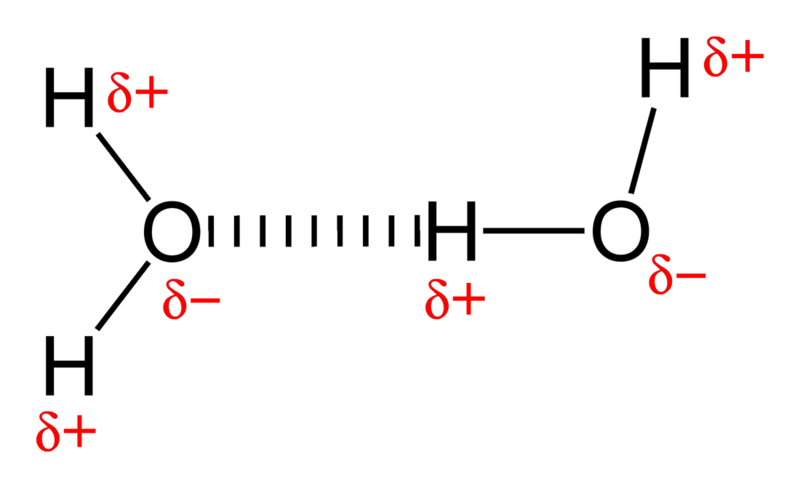Bond Basics BondsKiplinger
Post on: 1 Октябрь, 2015 No Comment

Safety and tax advantages are the strong points of these investments.
Thinkstock
Bonds help add diversity to your portfolio and control risk. But they can be complicated. We can help you understand the basics and make bonds work for you.
See Also: The Basics of Investing in Bonds
If it’s yield you’re after, you’ll never be happy with savings bonds. Other factors usually motivate buyers.
Safety
Savings bonds are backed by the U.S. government. Payment of the interest and principal is guaranteed. Savings bonds are not transferable, meaning you can cash them in but you can’t sell them to someone else. Their market price doesn’t rise when interest rates fall or fall when rates rise. Savings bonds will never have to be cashed in for less than you paid for them.
Tax Advantaged
For example, parents who want to start a college fund can purchase bonds in their child’s name. Because the child probably won’t have enough income to incur any tax liability for several years, the income from the bonds will accumulate, for practical purposes, tax-free.
Types of Savings Bonds
Savings bonds come in three varieties: EE bonds and I bonds, which are vehicles for savings, and HH bonds, which were created to produce income for their buyers.
EE Bonds
EEs purchased today pay a fixed rate of interest, which will apply for the 30-year life of each bond, including a ten-year extended maturity period (unless a different rate or rate structure is announced and applied at the start of the extension period).

Interest is compounded semiannually, with a three-month interest penalty if you cash in the bonds before five years. Rates for new bonds are set May 1 and November 1, with each new rate effective for all bonds issued through the next six months. You can get current rate information at savingsbonds.gov. EE bonds are sold at face value and can only be purchased electronically at TreasuryDirect.gov. You can buy between $25 and $10,000 in EE bonds per year.
I Bonds
The interest paid by I bonds actually comes in two parts: an underlying fixed rate, which is announced when the bonds are issued, plus a second rate that is equal to the level of inflation. The interest is compounded semiannually. You must keep bonds for at least one year before you can redeem them and at least five years if you don’t want to forfeit three months of accrued interest. They will earn interest for 30 years.
Like EE bonds, I bonds sell for face value and can be purchased electronically at any value from $25 to $10,000 per year. You can also use your tax refund to buy paper I bonds come in denominations between $50 and $5,000 each year.
HH Bonds
The Bureau of the Public Debt stopped issuing HH bonds in 2004, citing the high cost and relatively few takers. Bondholders who exchanged E or EE bonds for HH bonds before the deadline will earn interest on HH bonds until they reach final maturity in 2024.
With so many different interest-rate schedules, it is often difficult to figure out what your bonds are worth, particularly if you’ve been buying them for several years. For help with this, use the Savings Bond Wizard on the Bureau of the Public Debt’s Web site.














